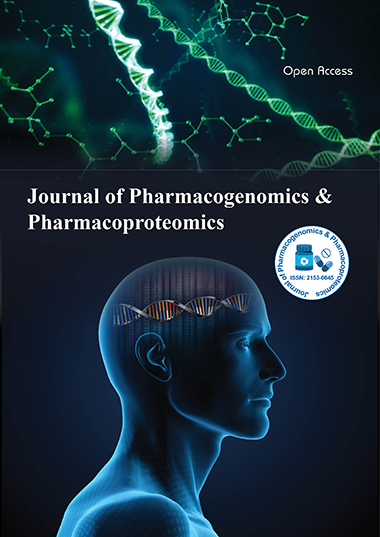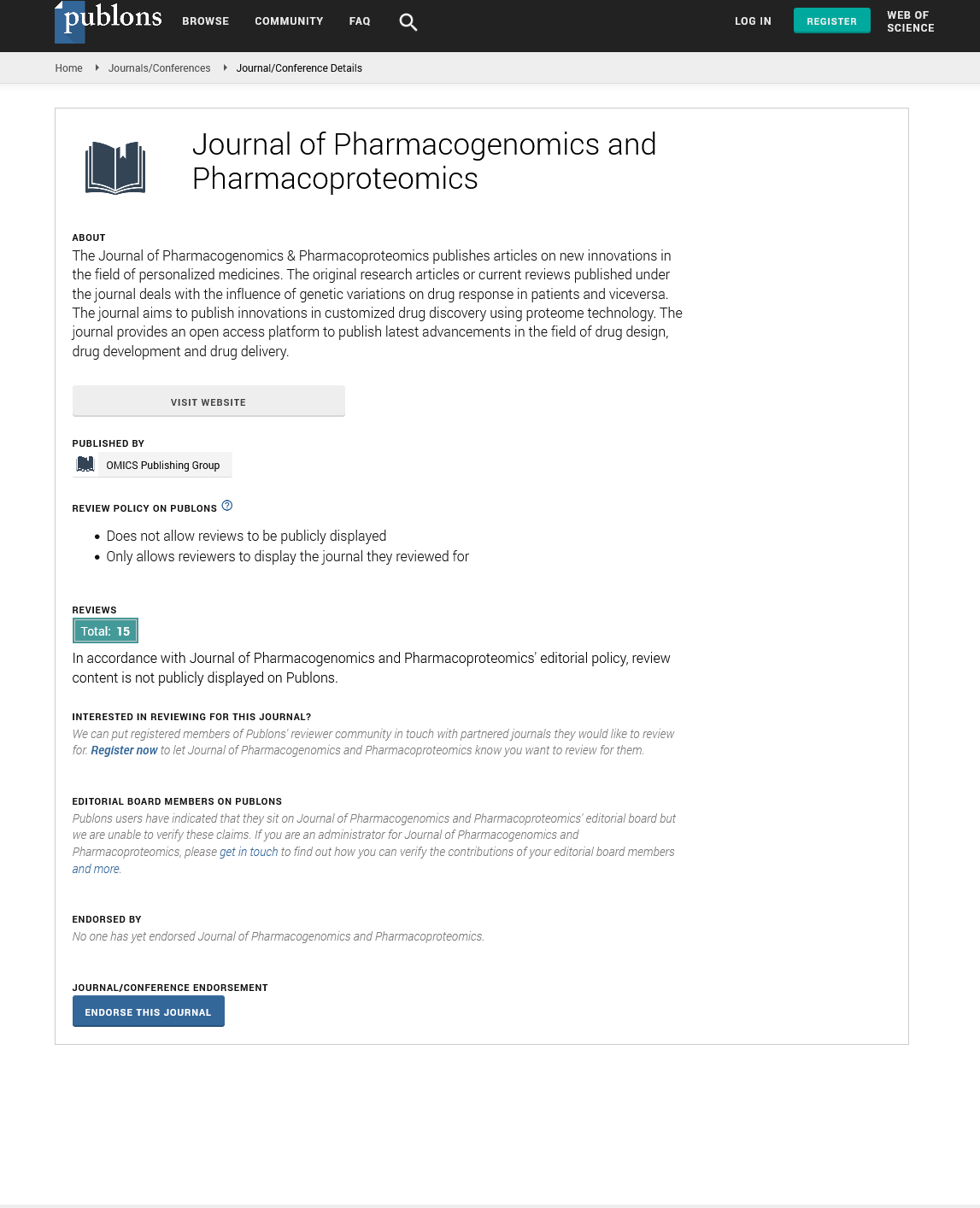Indexed In
- Open J Gate
- Genamics JournalSeek
- Academic Keys
- JournalTOCs
- ResearchBible
- Electronic Journals Library
- RefSeek
- Hamdard University
- EBSCO A-Z
- OCLC- WorldCat
- Proquest Summons
- SWB online catalog
- Virtual Library of Biology (vifabio)
- Publons
- MIAR
- Euro Pub
- Google Scholar
Useful Links
Share This Page
Journal Flyer

Open Access Journals
- Agri and Aquaculture
- Biochemistry
- Bioinformatics & Systems Biology
- Business & Management
- Chemistry
- Clinical Sciences
- Engineering
- Food & Nutrition
- General Science
- Genetics & Molecular Biology
- Immunology & Microbiology
- Medical Sciences
- Neuroscience & Psychology
- Nursing & Health Care
- Pharmaceutical Sciences
Establishment of biomarkers of aging based on circulating trace elements
2nd International Conference on Predictive, Preventive and Personalized Medicine & Molecular Diagnostics
November 03-05, 2014 Embassy Suites Las Vegas, USA
Marco Malavolta
Accepted Abstracts: J Pharmacogenomics Pharmacoproteomics
Abstract:
The rate of ageing in humans is not uniform, due to genetic heterogeneity and the influence of environmental factors. Many candidate biomarkers of ageing have been studied along the time but their variability in cross-sectional studies is considerable, and therefore no single measurement has so far proven to yield a useful biomarker of ageing on its own, probably due to the multi-causal and multi-system nature of ageing. In Markage EU Project, they have been identified a set biomarkers of ageing which, as a combination of parameters with appropriate weighting, would measure biological age better than any marker in isolation. Two large groups of subjects have been recruited: 1) randomly recruited age-stratified individuals from the general population (RASIG) covering the age range 35-74 years and 2) subjects born from a long-living parent belonging to a family with long living sibling(s) already recruited in the framework of the GEHA project. For genetic reasons such individuals (GEHA offspring - GO) are expected to age at a slower rate. They were recruited together with their spouses (SGO) as controls. Among trace elements, one the most promising parameter appears to be the copper to zinc ratio (CZr). Concerning the comparison between GO, SGO and RASIG, some differences were observed for Selenium and its circulating binding proteins. These data suggest that the speciation and the determination of total trace elements may be considered useful tools in the evaluation of biological ageing.
Biography :
Marco Malavolta started his career as a chemist with a PhD in Nutrition and Health at the University of Ancona, but then focused specifically his research activity in gerontology research. He has been working in this field in the last 10 years with a particular focus on the role of trace elements in aging. Currently, he is involved in the identification of changes in the elderly?s nutritional parameters which might be the consequence of or associated with the phenomenon named cellular senescence. He is author or co-author of about 100 peer reviewed articles in the field of nutrition and gerontology.

